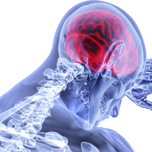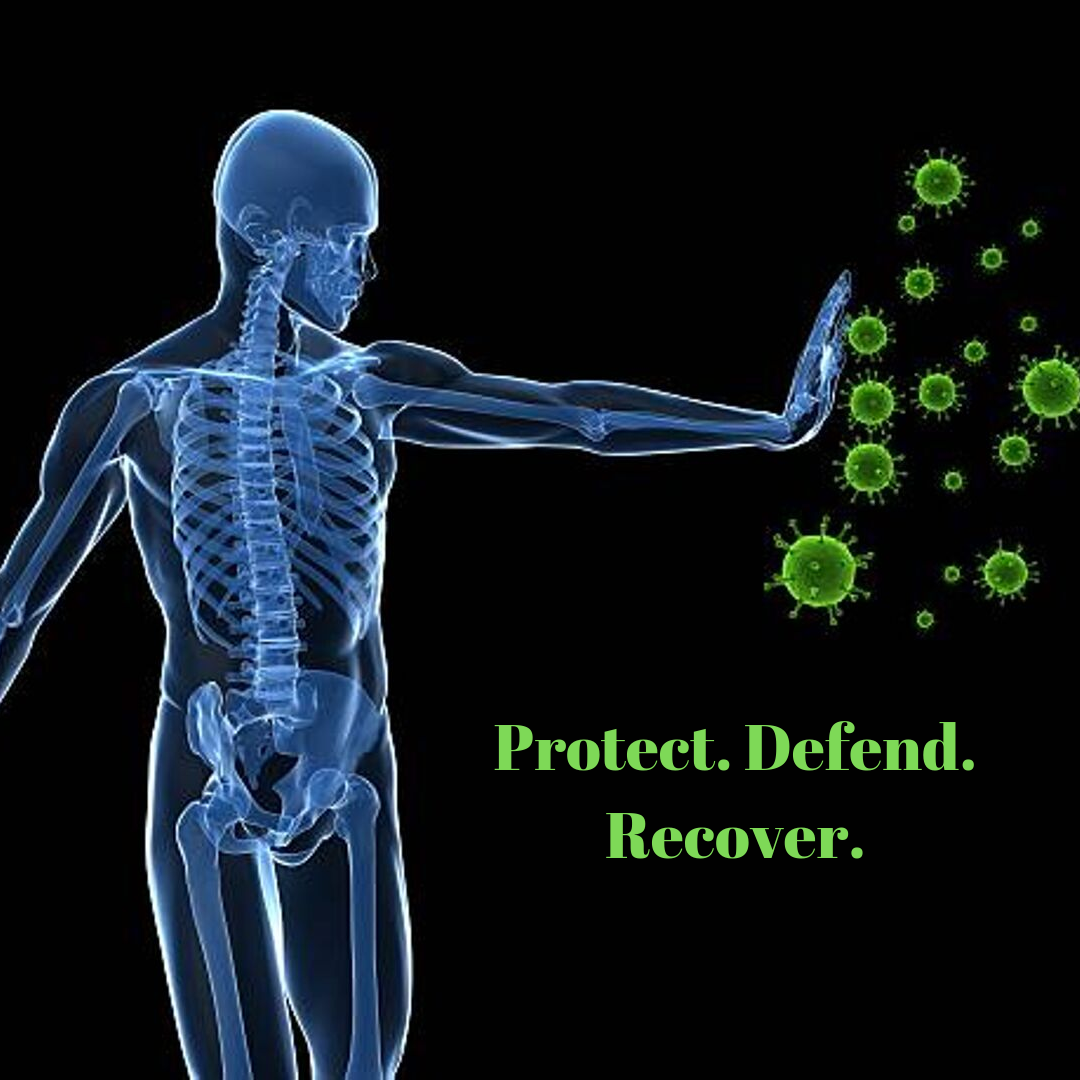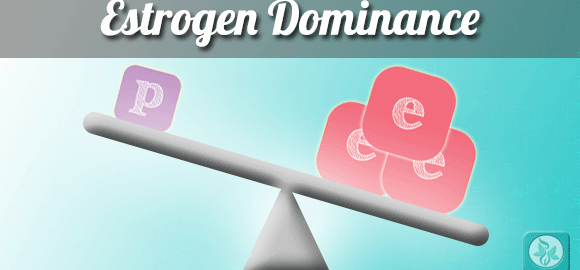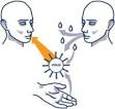Vitamin D is a very important fat soluble vitamin that functions as a hormone for which all cells have a receptor. Common symptoms of deficiency can include weakness, fatigue, poor immune function, low moods, anxiety, insomnia, muscle pain and weak or brittle bones, along with researching indicated low levels may be associated to the development multiple sclerosis, certain types of cancer, osteoporosis, autoimmunity, depression, diabetes, asthma, heart disease, and chronic pain.
Many different factors can effect vitamin status including age, where you live (ie Canada vs Costa Rica!), if you’re taking certain medications, have digestive concerns such as celiac disease, season and and skin pigmentation. Depending on where you live and your lifestyle, vitamin D production might decrease or be completely absent during the winter months.
A very effective option to raise vitamin D levels are vitamin D injections which are typically a very quick and easy treatment.
Prior to having the injection there are a few things that need to be done to ensure its a safe and effective treatment for you. This often includes recent vitamin D testing and consultation with your ND. Want to learn more, or interested in getting some sunshine and feel amazing? Discuss this option with your ND, book in for either a complementary meet and greet with me to learn more, or book an appointment to get the process started!











 RSS Feed
RSS Feed
